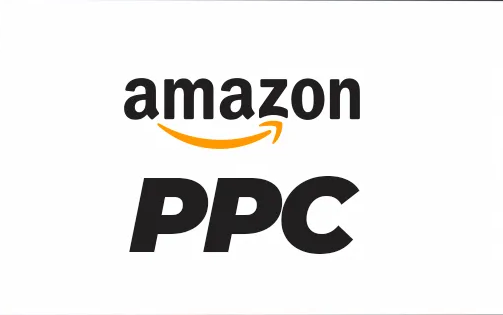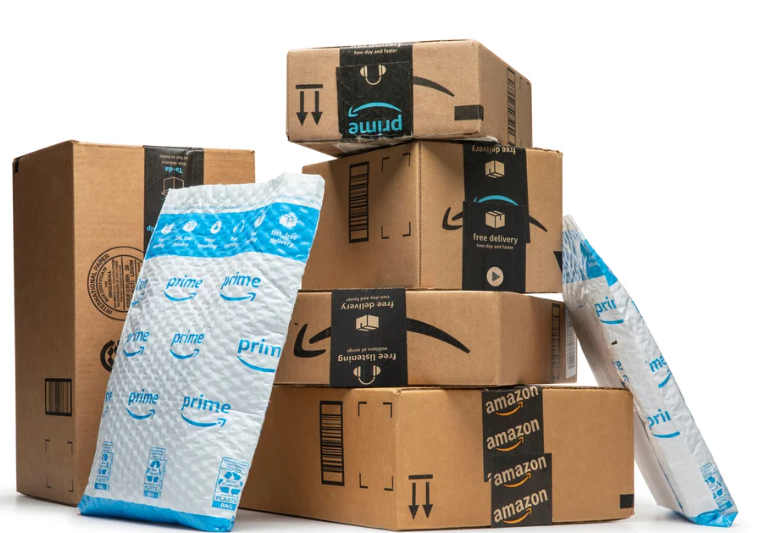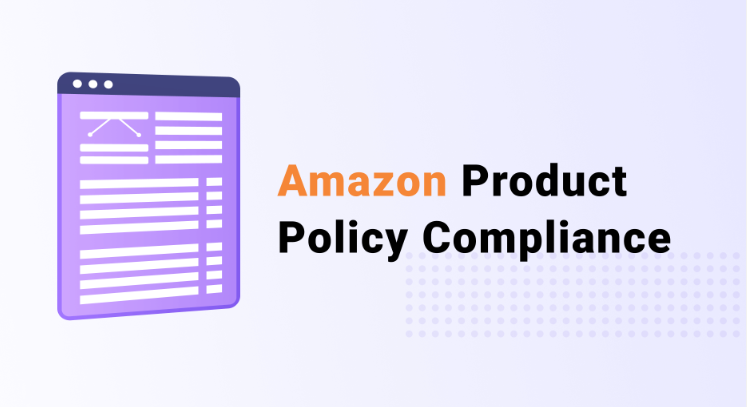
Understanding Your Audience
Creating an irresistible product listing on Amazon starts with a deep understanding of your target audience. Before you begin crafting your listing, it’s crucial to know who your customers are, what they value, and how they make purchasing decisions. Start by identifying your ideal customer profile, which includes demographic information such as age, gender, location, and income level. Additionally, consider psychographic factors like lifestyle, interests, and purchasing behaviors. This detailed understanding allows you to tailor your product listing to resonate with your target audience’s needs and preferences.
Conducting thorough market research is essential for gaining insights into your audience. Examine customer reviews on similar products to understand what they like and dislike, and pay attention to the language they use. Engage with your audience on social media and online forums to gather feedback and identify common pain points and desires. By putting yourself in your customers’ shoes, you can craft a product listing that speaks directly to their motivations and addresses their concerns.
Crafting a Compelling Product Title
The product title is the first element customers see when they come across your listing, making it a critical component of your overall strategy. A well-crafted title should be clear, concise, and informative, providing customers with essential information about your product at a glance. Start with your brand name, followed by the product’s main features and key benefits. Ensure that your title includes relevant keywords that potential customers might use when searching for products like yours. However, avoid keyword stuffing, as it can make your title appear spammy and detract from its readability.
Focus on highlighting the most important aspects of your product, such as its unique selling points, material, size, and color. For example, if you’re selling a set of eco-friendly bamboo cooking utensils, your title could be: “Eco-Friendly Bamboo Cooking Utensils Set – 7-Piece Non-Stick Kitchen Tools – Sustainable and Durable.” This title clearly communicates the product type, key features, and benefits, enticing customers to click on your listing.
Writing an Engaging Product Description
Your product description provides an opportunity to elaborate on the information presented in your title and highlight the benefits and features of your product in more detail. A well-written description should be informative, engaging, and persuasive, guiding customers through the purchasing decision process. Start by introducing your product and explaining its purpose, followed by a detailed breakdown of its features and benefits.
Focus on the unique aspects of your product that set it apart from competitors. Describe the materials used, the craftsmanship, and any special features that enhance its functionality or appeal. Use descriptive language to paint a vivid picture of your product, helping customers visualize how it can improve their lives. For instance, if your product is a high-quality yoga mat, emphasize its non-slip surface, cushioning, and eco-friendly materials, explaining how these features contribute to a better yoga experience.
Incorporate customer-centric language that addresses common pain points and highlights the benefits of choosing your product. Instead of simply listing features, explain how each feature translates into a tangible benefit for the customer. For example, “Our non-slip yoga mat provides a stable and secure surface, allowing you to focus on your practice without worrying about slipping or discomfort.” This approach helps customers understand the value of your product and encourages them to make a purchase.
Utilizing High-Quality Images and Videos
Visual content plays a crucial role in capturing customers’ attention and conveying the quality and value of your product. High-quality images and videos can significantly enhance the appeal of your listing and provide customers with a clear understanding of what they can expect. Invest in professional photography to showcase your product from multiple angles and highlight its key features. Use well-lit, high-resolution images that accurately represent your product’s color, texture, and details.
Include lifestyle images that demonstrate your product in use, helping customers envision how it fits into their daily lives. For example, if you’re selling a luxury leather handbag, show images of the bag being worn by a stylish model in various settings. This approach not only highlights the product’s design and quality but also appeals to customers’ aspirations and emotions.
Incorporate product videos to provide a more dynamic and immersive experience. Videos can showcase your product’s features in action, demonstrate its functionality, and offer a closer look at its details. A well-produced video can build trust and credibility, making customers feel more confident in their purchasing decision.
Leveraging Customer Reviews and Testimonials
Customer reviews and testimonials are powerful tools for building trust and credibility with potential buyers. Positive reviews can significantly influence purchasing decisions, as they provide social proof and reassurance that your product delivers on its promises. Encourage satisfied customers to leave reviews by providing excellent customer service and following up with a friendly request for feedback.
Highlight positive reviews and testimonials prominently in your product listing. Select reviews that emphasize your product’s key benefits and address common customer concerns. For example, if multiple customers praise the durability and comfort of your product, include these testimonials in your description to reinforce its value.
Respond to customer reviews, both positive and negative, to demonstrate your commitment to customer satisfaction. Address any issues or concerns raised by customers and offer solutions to resolve them. This proactive approach shows potential buyers that you value their feedback and are dedicated to providing a positive shopping experience.
Optimizing for Search
To ensure your product listing reaches the right audience, it’s essential to optimize it for Amazon’s search algorithm. This involves incorporating relevant keywords throughout your listing, including the title, description, and backend search terms. Conduct thorough keyword research to identify high-traffic, low-competition keywords that align with your product.
Use these keywords naturally within your listing, ensuring they fit seamlessly into the content without compromising readability. Focus on long-tail keywords that are more specific and likely to attract targeted traffic. For example, instead of using a broad keyword like “shoes,” use a more specific keyword like “women’s waterproof hiking boots.”
In addition to keyword optimization, ensure your listing complies with Amazon’s guidelines and best practices. This includes using appropriate formatting, avoiding prohibited claims, and providing accurate product information. By optimizing your listing for search, you can increase its visibility, attract more traffic, and ultimately drive more sales.
Conclusion
Crafting an irresistible product listing on Amazon requires a strategic approach that combines a deep understanding of your audience, compelling copywriting, high-quality visual content, customer reviews, and search optimization. By focusing on these key elements, you can create a listing that stands out in a crowded marketplace, captures customers’ attention, and drives conversions. Invest the time and effort to refine your product listing, and you’ll be well on your way to achieving success as an Amazon FBA seller.









